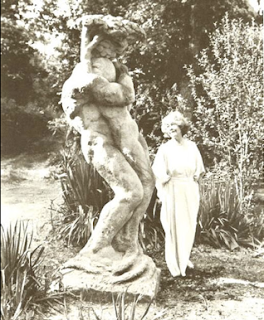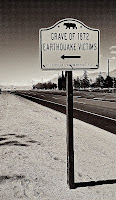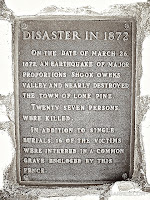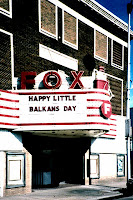 |
| Rose O’Neill and Kewpie dolls |
The Ozarks were my destination while traveling along Route 66 in these past few blog posts. Specifically, what I wanted to see was Bonniebrook, the home of Rose O’Neill (1874-1944) an American illustrator, author, artist, poet, sculptor, inventor, suffragette, and creator of the world famous Kewpies.
Due to some heavy road construction en route to Bonniebrook, I arrived considerably later than planned. In fact, when I got there the place was about to close in 30 minutes but Susan Scott, the President of Bonniebrook Historical Society, graciously held the facility open for me and personally gave me a guided tour of the Kewpie Museum and the art gallery.
The museum houses antique Kewpie ephemera including anything you could brand with a Kewpie from dolls to door knockers. The gallery contains nearly sixty original works of art by O’Neill that are a radical departure from the commercial success of her Kewpie line. It’s fantastic! However, due to copyright restrictions no photos were allowed in this part of the facility.
 |
| O’Neill and “Embrace of the Trees” |
Afterwards, Susan handed me off to Larry, the groundskeeper and tour guide for the Bonniebrook house. Both Susan and Larry made my visit so delightful, and I can’t thank them enough for their hospitality!
Because of Susan and Larry’s thoroughness in sharing the life and works of America’s most beloved women artists, my takeaway is that Rose O’Neill was not only a gifted artist but also an archetypal “hippie chick” and a radical free thinker that was way ahead of her time.
Another thing I learned about O’Neill was that she studied sculpture under the tutelage of Auguste Rodin after being awarded the associate of the Société des Beaux-Arts and studying art in Paris in 1906. The above panorama features a piece is entitled “Embrace of the Trees” that is based on the myth of Apollo and Daphne. It’s worth noting that this sculpture was considered vulgar and distasteful by people of her day.
More panoramas of Bonniebrook including the family cemetery where Rose O’Neill is interred can be seen by clicking through the images below. There’s also a wonderful radio piece about Rose O’Neill from Ozarks Public Radio on KSMU that you can listen to here.
Bonniebrook
O’Neill Family Cemetery














